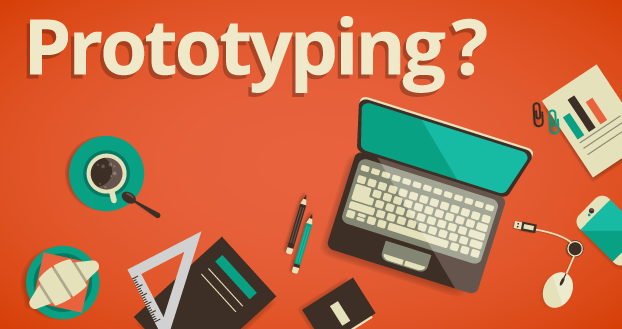 Prototype your ideas before you develop them. Use prototypes to solicit feedbacks from subject matter experts to ensure you are solving the right problem, to inform stakeholders, get feedback from your customers, and collaborate with development.
Prototype your ideas before you develop them. Use prototypes to solicit feedbacks from subject matter experts to ensure you are solving the right problem, to inform stakeholders, get feedback from your customers, and collaborate with development.
Before you write your requirements, create a “prototype.” This could be a sketch – or sketches – on a napkin or whiteboard to think through your idea. Show your prototype to subject matter experts in your domain and get their feedback – does this make sense? Does this solve the market problem we are trying to solve?
Share prototype, like wireframes, with existing or potential customers and end-user to get their feedback. Does your solution solve their problems? What suggestions do they have about how to solve this problem?
Each customer will have their own set of problems that they need to solve. Your job is to get an aggregate view across multiple customers to determine what is the major market problem to be solved and what are symptoms of the problem or outliers. Customers may have some interesting suggestions on how to solve their problems but it is your aggregate market perspective and deeper understanding of technical possibilities that make you the solution provider. It is more likely that your solution is something that your customers haven’t even thought of because they don’t have the perspective you do.
Continue to prototype after you have written your requirements to refine your ideas. As you start getting into the details of your solution, there are almost always discoveries. Share your prototypes with stakeholders to inform them on your direction and get their feedback from their perspective. This will help your stakeholders better support your effort and they may know something from their discipline that could enhance what you are doing. Maybe someone from engineering knows about a new method, technique or technology that can improve your solution. Maybe someone in Legal knows of a new regulation that is coming up that you can address now in this solution.
Continue to refine your prototype with iterative reviews with your target audience. From early concept to final specification, your prototype should evolve from early concept sketches to something a customer can understand enough to give feedback to development to build. Keep your prototypes as lightweight as possible for as long as possible to iterate quickly.
When soliciting feedback from your customers, don’t make your prototypes too polished. If your solution looks like it done, they will be less likely to share. If it looks a little “rough” then they will give more feedback.
In the end, have a prototype that can be used along with the specifications for development. Sometimes the prototype is the interaction specifications. Collaborate with development from those early sketches through the iterative design process. As mentioned before, it is the technologists that will know what is the best technical solution for your product.